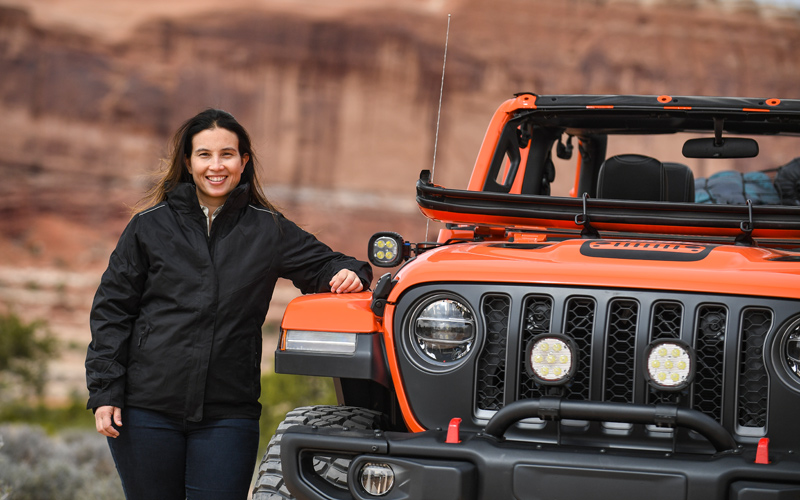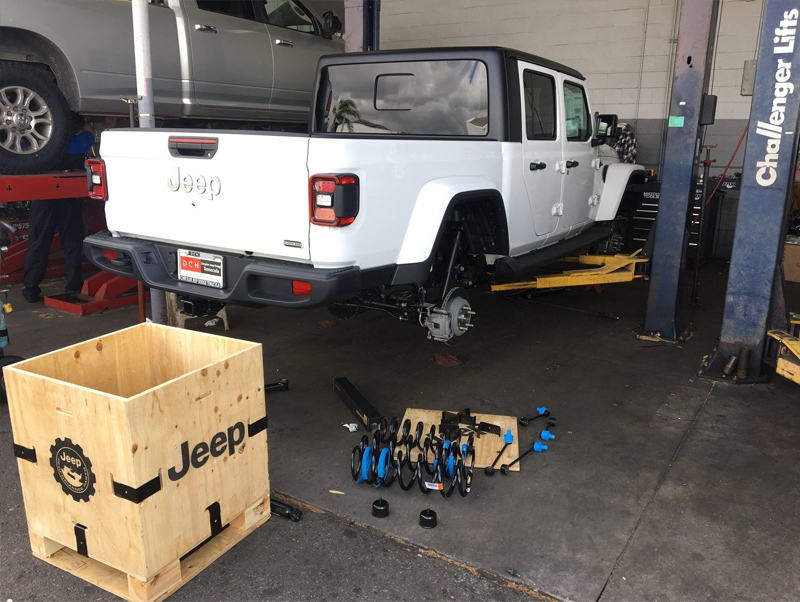Accessorizing the Gladiator
This item originally appeared in the June, 2019 issue of Automotive News Fixed Ops Journal. It premiered online on June 16, 2019. To see this item and its sidebars in its original print form, click here.
Jeep dealers, Mopar work together to push accessories sales for new Gladiator pickup

Fiat Chrysler Automobiles expects to sell more accessories for its new Jeep Gladiator than for any other car or truck in the automaker’s lineup. And Jeep dealers and fixed ops managers say they are counting on buyers tricking out the pickup to broaden their sales of accessories and performance parts.
“It’s going to be hot, for sure,” says Jack Szanto, parts manager at DCH Chrysler-Dodge-Jeep-Ram-Fiat of Temecula in California.
Well before the Gladiator arrived in Jeep showrooms last month, executives of FCA and its Mopar parts and service division tapped dealers and enthusiasts to help plan and execute high-profile concepts to promote customization of the truck.
“We think it’s going to be the most accessorized vehicle in the FCA portfolio,” Kim Mathers, Mopar’s head of accessories and performance, told Fixed Ops Journal. That’s a high bar. FCA estimated that in 2017, 98 percent of Jeep Wranglers were outfitted with at least one Mopar accessory.
Overall, though, only about 5 percent of vehicle customers buy add-on accessories where they purchase their car or truck, the dealer software provider Reynolds and Reynolds estimates. New-vehicle dealerships continue to lag far behind aftermarket vendors in the $44 billion a year U.S. accessories market, where profit margins routinely approach 50 percent.
Jeep’s campaign touting factory accessories for the Gladiator aims to help close that gap for FCA and its dealers.
Building the array
In April, FCA displayed six concept Gladiators at the Easter Jeep Safari, an annual off-roading event for Jeep enthusiasts in Moab, Utah. One of the concepts, the Gravity, “was a showcase for the Mopar parts catalog,” Mathers says. “You can order a Gladiator Rubicon and build a replica out of the catalog.”
Another of the concepts, the Scrambler, consisted of about 80 percent catalog parts, Mathers adds. Responses to the Gladiator from people attending the safari are helping Mopar tweak accessory offerings, she says.
“We asked, ‘Is [this accessory] the right thing to do?’ ” Mathers says. “Is our intent correct? Do we need to modify, drop or add something?”
Dealership marketing materials for the Gladiator, as well as a mobile app that lets buyers configure the pickup, feature many of the accessories displayed at the safari, she adds.
Mopar wasn’t alone in soliciting reaction to the Gladiator at the event. Many customers of Larry H. Miller Chrysler-Jeep-Dodge-Ram Sandy, near Salt Lake City, attend the Moab safari and have been asking about the Gladiator for months, notes Jake Turner, the dealership’s accessories manager. The dealership plans to build and display customized Gladiators similar to the vehicles from the safari to generate showroom traffic and parts and service sales.
“Those Moab builds are insane,” says Ben Hardy, a salesman at the dealership. “Many customers will take those ideas and downsize them — a lift not quite as high, tires not quite as big.”
The dealership’s fixed ops and sales operations work together to sell modifications and guide customers through accessorization and customization, Turner says. He predicts the most popular factory accessories for the Gladiator, among the 200-plus on offer, will be steps, bumpers, tonneau covers, lift kits and wheels and tires.
The base Gladiator Sport with automatic transmission lists at $37,040, but prices for the higher-spec Rubicon range from $45,040 to more than $60,000, before accessories. Heavily accessorized Gladiators could sell for $70,000, Turner adds.
Mathers notes that Mopar is working with Chrysler Capital, FCA’s finance arm, to help reduce the cost to buyers of financing factory accessories. That makes them a more attractive deal than accessories bought at independent shops, Turner says.
Jeep declines to cite sales projections for the redesigned Gladiator. But Hardy predicts Gladiator sales will equal those of the Jeep Wrangler SUV for the first six months to a year, then level off at 50 to 60 percent of Wrangler volumes. Last year, Jeep sold more than 240,000 Wranglers in the United States.
Dealer Input
Mathers says Mopar’s Accessories Excellence program enables parts, service and sales employees at FCA dealerships to keep a portion of the profits on the accessories they sell. That incentive is a tangible measure of Mopar’s interest in working with dealerships, she says.
The program can mean as much as $2,000 a month for employees of the Temecula dealership, Szanto says. He adds that he was “pleasantly surprised” that Mopar contacted him several times in the past year for input about Gladiator and Wrangler accessories sales. He says he proposed that Mopar develop a better definition of the scope of accessories it offers.
“In the past, we’ve had too many items that weren’t marketable,” Szanto says. “We don’t need to be involved in camping. If [customers] are spending $1,500 for a top-tier tent, it won’t be ours.”
It’s better, Szanto asserts, for Mopar to focus on “vehicle” items for the Gladiator, such as custom-tuned shocks, bumpers and integrated storage.
As at the Miller store, Szanto says his dealership is building custom Gladiators for inventory that are also designed to promote retail sales of lesser-priced units and accessories. The dealership does customizations and modifications in house to prevent accessories sales from defecting to the aftermarket, he adds.
“We realized that we could sell something better at a lower cost if we strategized,” Szanto says.
Two service technicians perform the customization work, he says. “These are flat rate jobs, but we set realistic limits on the labor that goes into [modified vehicles] so as not to price us out.”
Szanto says he expects as many as half of the Gladiators the dealership sells to include a “light” customization package consisting of 17-inch wheels, 35-inch tires and a Mopar 2-inch lift kit, Szanto says. This setup costs about $5,000 to produce and adds $6,500 to $7,900 to the sale price, he says.
“These are meant to look great but not be too expensive,” he says.

He predicts that 25 percent of Gladiator buyers will opt for a “heavy” accessories package costing $12,000 to $16,000. It includes modified bumpers, a winch, more wheel options, a lift kit, 37-inch tires, accessory lights and fender liners. The higher-priced units take longer to sell, he notes, but often promote sales of the less-expensive versions.
Szanto projects the dealership will sell 15 to 20 Gladiators a month during the pickup’s first year. The accessories customers order at the time of sale are installed during a service visit a week after purchase.
That handoff can build relations that will encourage buyers to return to the dealership for service after their factory warranties expire, he says.
